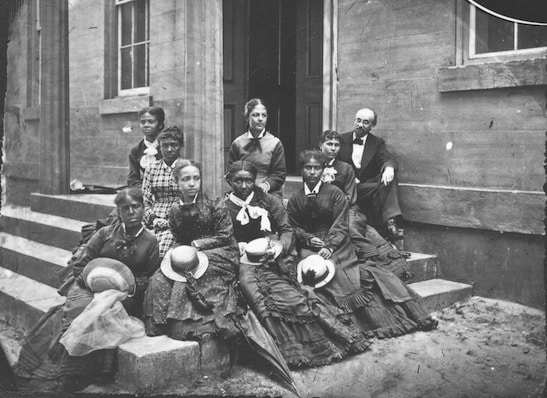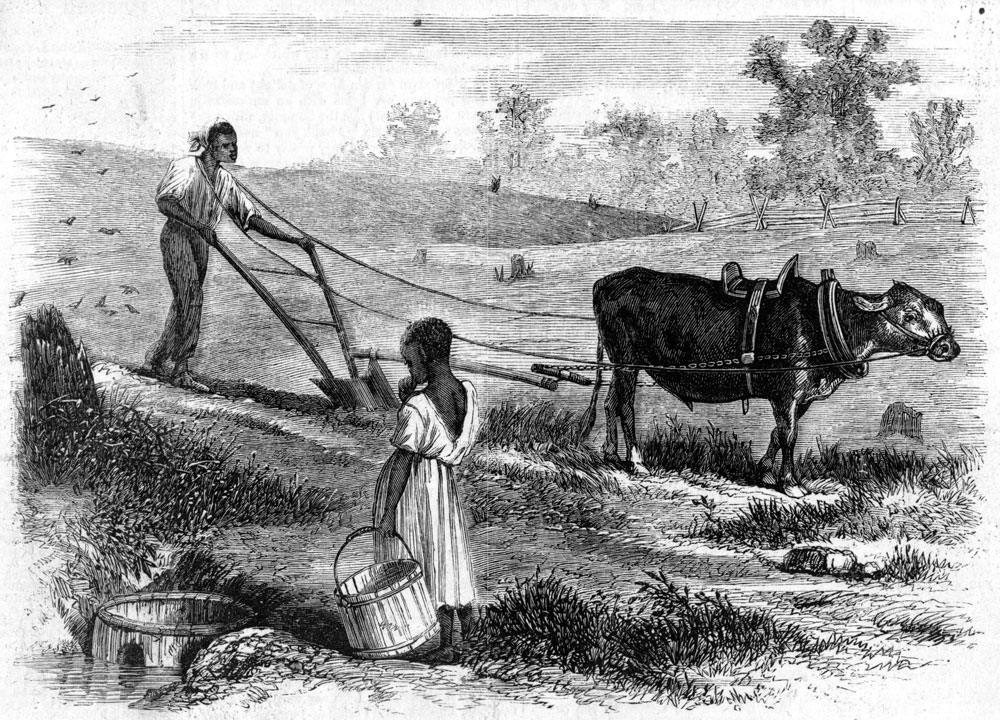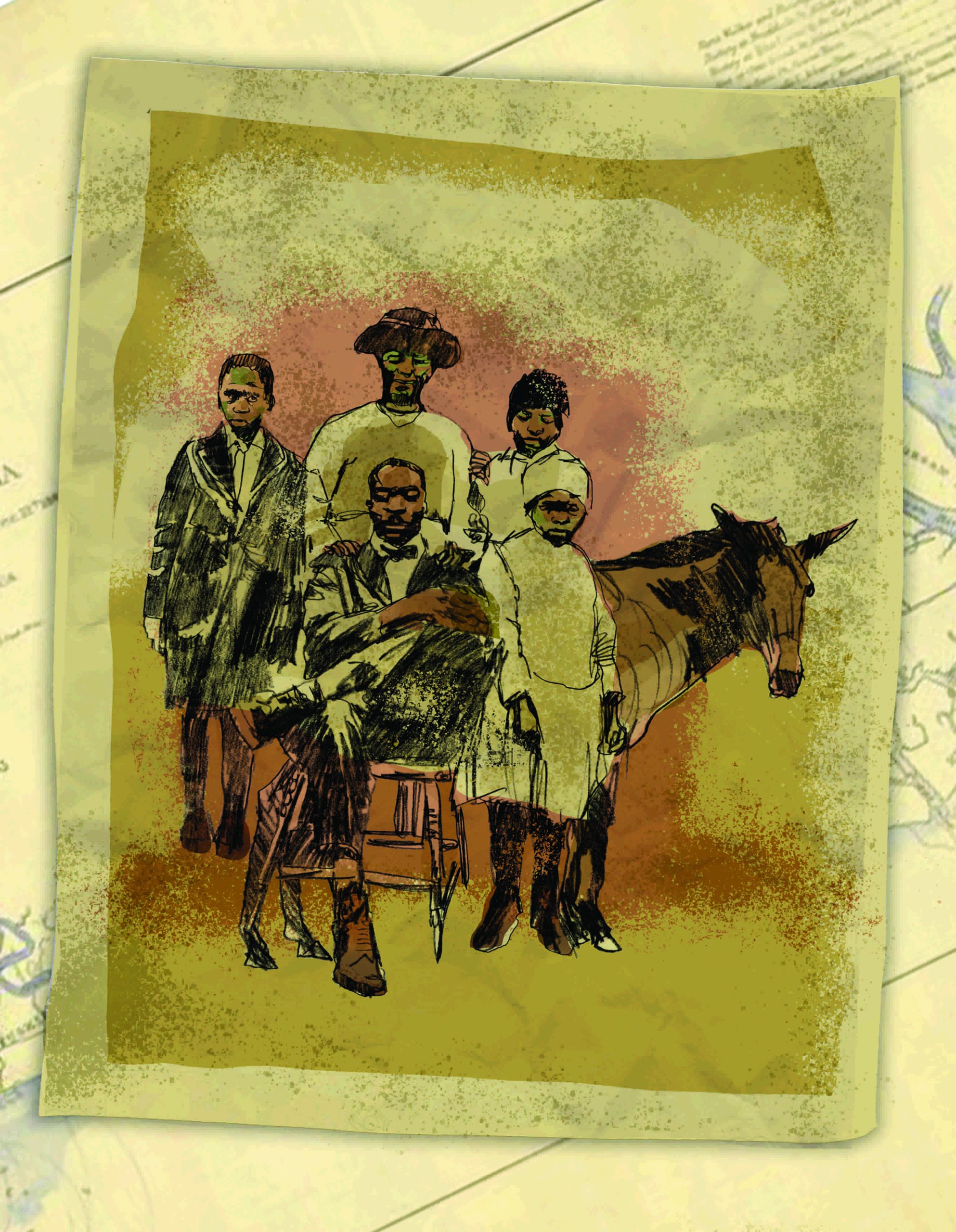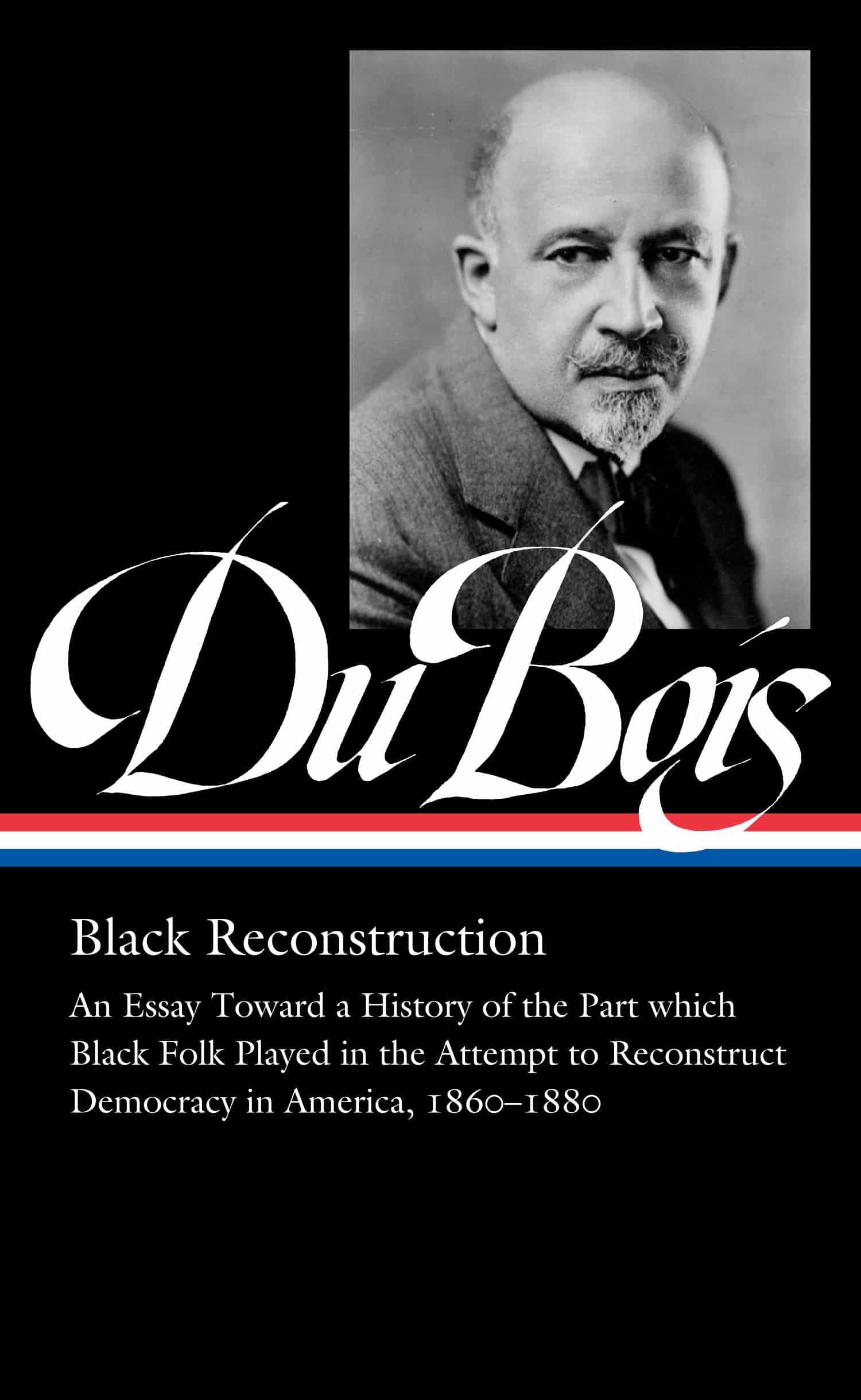On October 7, 1873, Henry E. Hayne became the first Black student to be accepted to the University of South Carolina’s medical school, which was legally desegregated in 1869 following the new state constitution that Hayne helped to draft as a state senator. Despite the outrage by white students and faculty (many of whom resigned and destroyed campus property in protest of Hayne’s admission), Hayne’s bold act encouraged other Black students to apply. By 1875, Black men comprised the majority of the student body.
Born free in Charleston, South Carolina, to a free Black mother and white father, Hayne played a significant role in history all his life. He defected to the Union Army and eventually joined Thomas Wentworth Higginson’s infamous all-Black 1st South Carolina Volunteer Infantry Regiment. Following his involvement in the war, Hayne began a career in local and state politics, becoming a state senator in 1868 and secretary of state in 1872.

Students of the Normal School at the University of South Carolina, c. 1875. Source: University of South Carolina Archives
For more about Hayne’s later life and legacy, read this excerpt “What we’ve gotten wrong about the history of Reconstruction” in The Washington Post by Robert Greene II and Tyler D. Parry:
We know so little about Hayne’s later life in part because he was erased from South Carolina history.
And this erasure was no accident. Though the Jim Crow era is most well known for its manifestations of physical violence and the immobilization of the Black body politic, it also produced historians who were specifically trained to romanticize the “Old South,” misrepresent the period of Reconstruction as an abject failure, and deny that Black and White people could coexist in the same spaces or live in a state of equality.
. . . Yet Hayne’s life shows the very different reality of Reconstruction history — and its significance within the broader American story. He represents what Black Americans could have achieved in this period, if only allowed to do so. At the same time, the fact that he is barely remembered alongside such contemporaries as Frederick Douglass exposes how many Americans are still uncomfortable with the Reconstruction era. But grappling with this history — and its legacy — is a crucial element to understanding why racism and racial inequality persist. It was a moment of great possibility dashed by bigotry and a lack of will with ramifications that shaped everything that came after it.” Continue reading “What we’ve gotten wrong about the history of Reconstruction“.
Learn more from the book Invisible No More: The African American Experience at the University of South Carolina edited by Robert Greene and Tyler D. Parry.
This entry for the “This Day in History” series was prepared by Emma Haseley.










Twitter
Google plus
LinkedIn